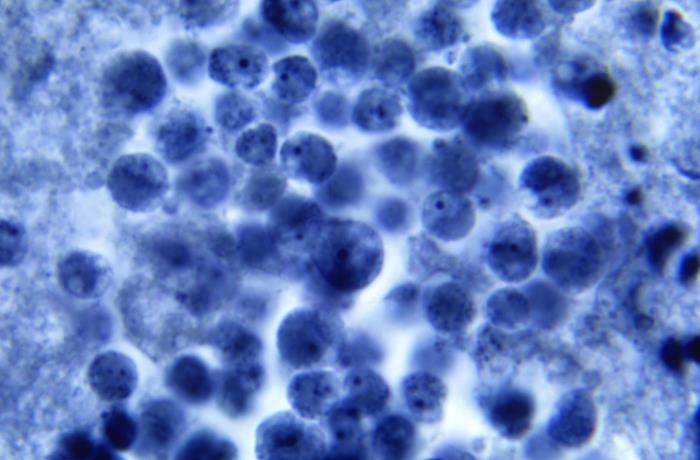The US Centers for Disease Control and Prevention (CDC) has released the first-ever set of diagnostic and treatment guidelines for children, ages 18 years and younger, who have suffered a concussion, also known as a mild traumatic brain injury (mTBI) in the US.
The CDC guideline is based on a rigorous review of the literature on pediatric mTBI, spanning over two decades of scientific research. GlobalData epidemiologists predict that the new CDC guidelines will likely result in an increase in the total number of diagnosed TBI cases, given the improved ability to detect and diagnose mild cases in children.
According to a March 2018 CDC Morbidity and Mortality Weekly Report (MMWR) focused on TBI surveillance in the US, TBI most commonly occurs in younger people, with those ages 24 years and under making up just over 40% of approximately 2.8 million TBI cases diagnosed in 2013 (as shown in Figure 1).
The MMWR findings demonstrate that the younger population contributes a significant number of TBI cases, and the implementation of this guideline will likely result in a sizeable increase in the aforementioned TBI proportion.
GlobalData epidemiologists believe that a shift in the overall epidemiology of TBI may occur over the next decade, since accurate case identification and early treatment impacts not only incidence, but prevalence and mortality as well.

How well do you really know your competitors?
Access the most comprehensive Company Profiles on the market, powered by GlobalData. Save hours of research. Gain competitive edge.

Thank you!
Your download email will arrive shortly
Not ready to buy yet? Download a free sample
We are confident about the unique quality of our Company Profiles. However, we want you to make the most beneficial decision for your business, so we offer a free sample that you can download by submitting the below form
By GlobalData






Related Company Profiles
U.S. Centers for Disease Control and Prevention
CDC SpA
TBI CO., LTD